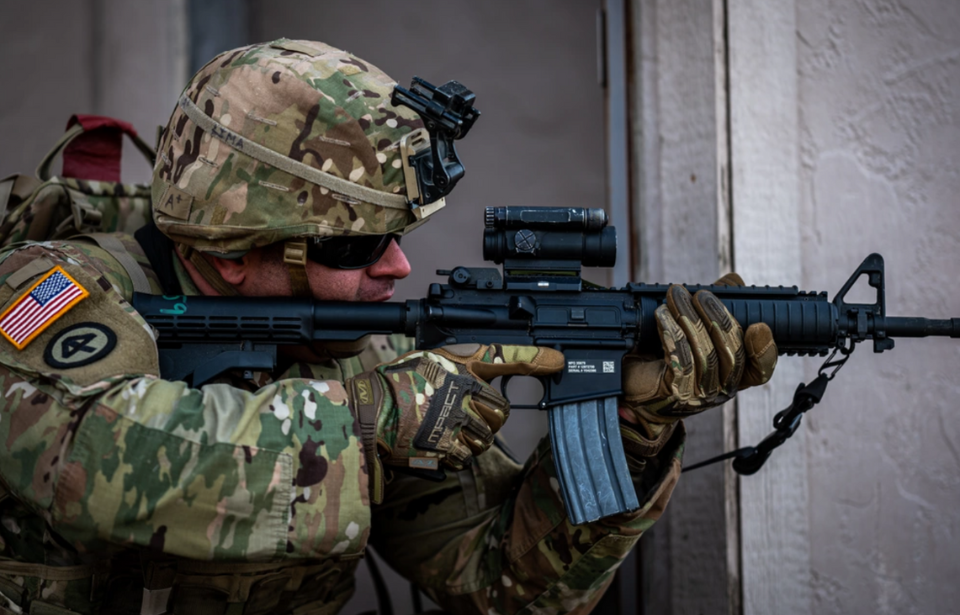History of Baledogle Military Airfield
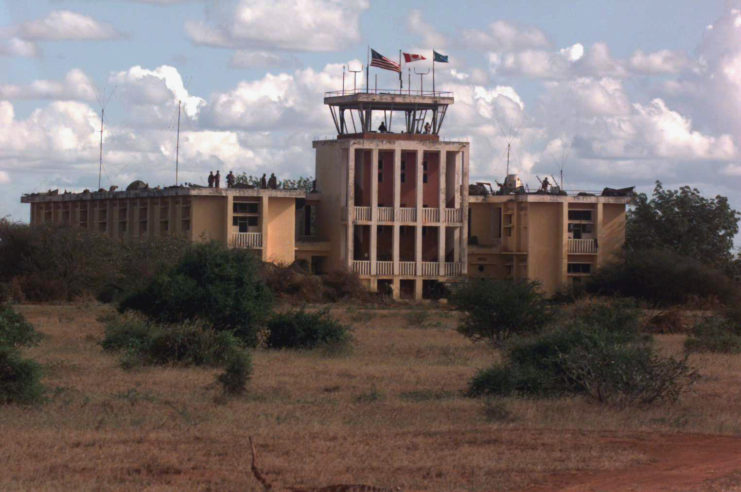
Situated 60 miles northwest of Mogadishu in Somalia’s Lower Shabelle region, Baledogle Military Airfield was originally established in the 1970s by the Soviet Union to offer logistical support to Soviet troops and Somali Air Force personnel. From 1993 to 1995, the airfield was home to members of the US 10th Mountain Division, who were involved in UN Operations in Somalia II (UNOSOM II).
Since 2007, the United States has maintained a continuous presence in Somalia as part of the Global War on Terrorism, with Baledogle operating as one of the military’s most isolated bases in the region amidst ongoing hostile activities. A Special Operations Task Force and private security contractors associated with Bancroft are routinely stationed at Baledogle to safeguard the airfield and surrounding communities.
The 102nd Cavalry Regiment was prepared for a potential attack
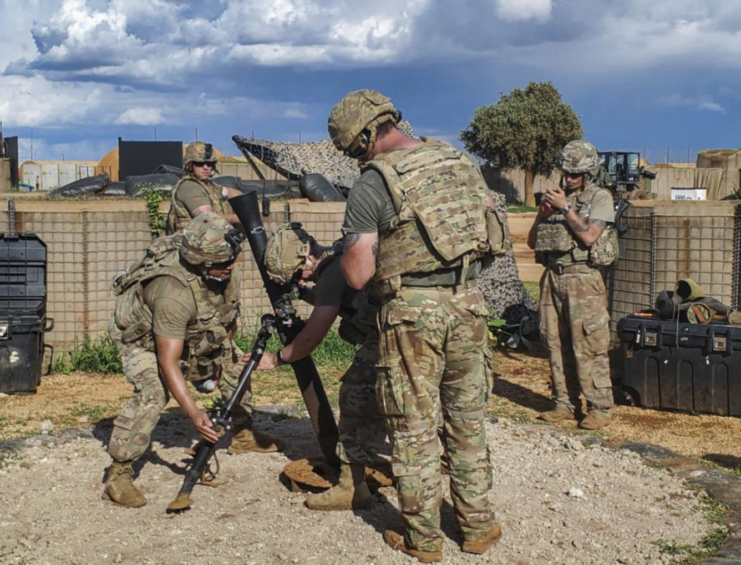
In 2019, Charlie Troop from the 1st Squadron, 102nd Cavalry Regiment, part of the New Jersey Army National Guard’s Task Force Warrior, was deployed to Somalia with the mission of supporting U.S. operations and assisting the Somali people.
Prior to their deployment, the 70-soldier troop was reinforced with fire direction officers from the 3rd Battalion, 112th Field Artillery Regiment, and a mortar platoon from the 2nd Battalion, 113th Infantry Regiment. By the time they arrived in Somalia, their numbers had increased to 160 soldiers.
Stationed at Baledogle, the troops were on high alert for a possible attack from al-Shabaab. Militants were conducting reconnaissance to pinpoint defensive positions and evaluate American responses. To prevent the militants from gathering too much information, the 102nd Cavalry troops were advised to refrain from engaging.
To prepare for a potential assault, the personnel at the base conducted live fire drills. The troops dedicated long hours to independent reconnaissance patrols and rotated on guard duty to maintain security.
al-Shabaab militants launch their attack
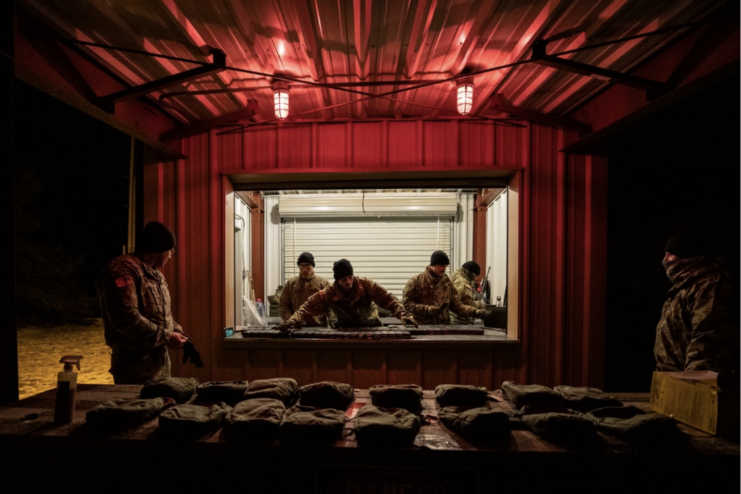
On September 30, 2019, troops from the 102nd Cavalry were preparing for a convoy to meet with the town’s chief of police and other leaders 25 miles from Baledogle. Around 9:45 AM, they were startled by an explosion, which was later identified as a vehicle-borne improvised explosive device (VBIED) detonation. The truck, headed towards the airfield, had detonated prematurely.
Simultaneously, a UN aircraft was in the process of landing and a US Air Force plane was preparing for takeoff. Additionally, 50 civilian construction workers were busy repairing the runway. The immediate response involved clearing the area: three soldiers were assigned to relocate the civilians to safety, the UN aircraft changed course, and the Air Force plane was instructed to depart immediately.
“I ran to the operations center and [Capt. London] Nagai was already maneuvering Charlie Troop toward the explosion site,” recalled Lt. Col. Richard Karcher, commander of Task Force Warrior. “He had the vehicles that were originally part of the convoy going to the airfield; he started moving additional personnel to the towers, which covered the approach to the airfield, and he closed all entry control points. Snipers were also posted base-wide.”
Members of the 102nd Cavalry assumed their positions around Baledogle and within the operations center, monitoring the base using cameras linked to an aerostat. Reflecting on the events later, Nagai explained, “The key was not engaging with the enemy until they were committed to utilizing a specific route that would ultimately be a fatal choice for them.”
They waited until the militants were vulnerable before starting their counteroffensive.
The then-largest VBIED used on the African continent
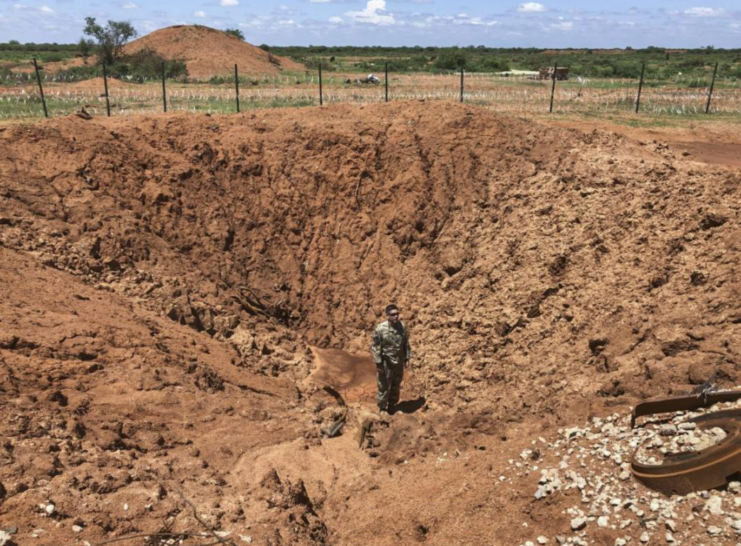
Ten minutes later, a second truck broke away from a convoy transporting construction material and drove toward the perimeter fence. While members of the 102nd Cavalry began firing at the vehicle, they were unable to cause much damage, as its windows were reinforced with armor.
Luckily, prior to the attack, an engineer platoon had dug a trench along the outside of Baledogle, with the intent of stopping any vehicle that was smaller than a tank – including the truck coming straight toward the airfield. It got stuck in the dugout, despite the driver’s attempts to reverse, allowing the 102nd to secure a fatal hit.
Five minutes later, the truck detonated with the force of between 4,000 and 5,000 pounds of explosives – at the time, the largest VBIED used on the African continent. Along with rocking the base, the blast blew a 200-yard-wide hole in the fence and created a crater that was 20 feet deep.
A third truck hides 12 armed militants
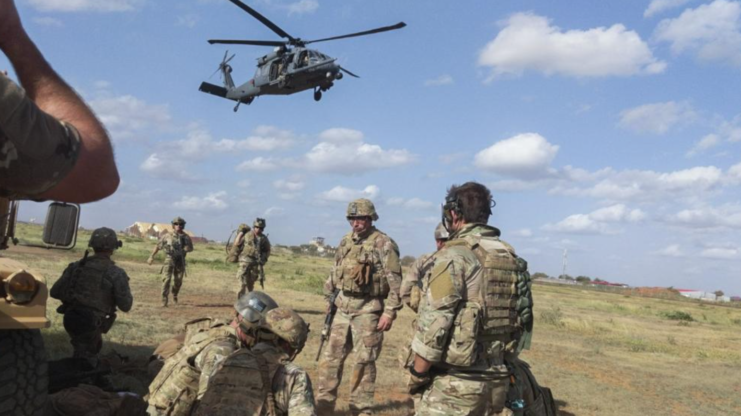
Approximately ten minutes following the explosion of the second truck, a third vehicle arrived at the breach in the fence line, halting just shy of the large crater. At that moment, the wind lifted the tarp concealing the truck bed, exposing a dozen armed al-Shabaab militants who were equipped with PKM machine guns, hand grenades, assault rifles, RPG-7s and ammunition.
It seems the militants intended to breach the perimeter rather than remain outside it, encountering difficulties in organizing amidst the chaos. Snipers Staff Sgt. Nicholas Swanson and Sgt. James O’Brien quickly engaged, eliminating half of the militants within a five-minute period.
As the remaining militants sought cover behind their vehicle, Capt. Nagai and Lt. Col. Karcher chose to deploy their mortar team. Employing 60 mm, 81 mm, and 121 mm weaponry, they employed both indirect and direct fire against the militants.
It was over in less than an hour
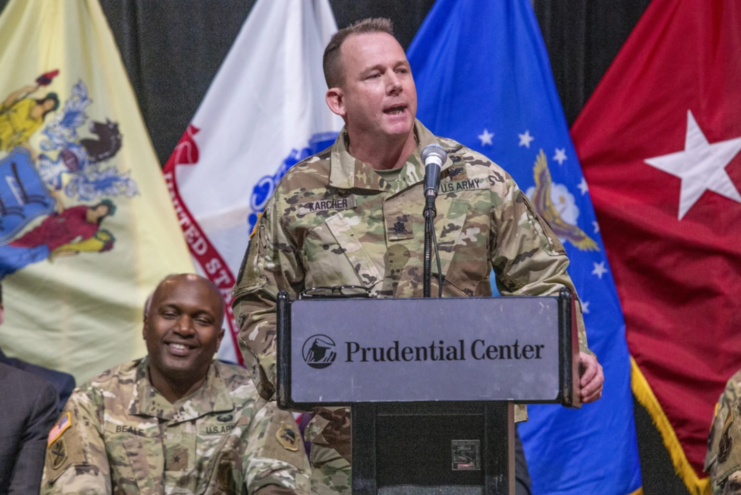
The 102nd Cavalry Regiment are recognized for their actions
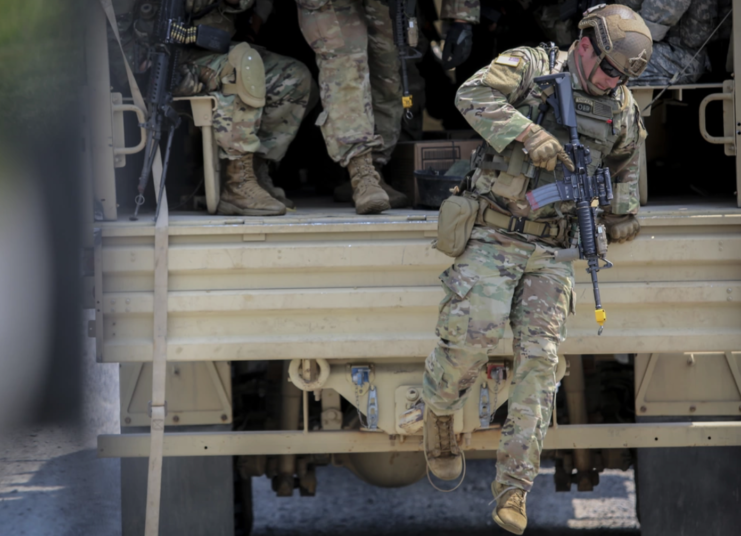
In the aftermath of the battle, members of the 102nd Cavalry Regiment were honored with such commendations as the Combat Medical Badge, the Combat Action Badge and the Combat Infantry Badge, depending on their specialization.
Nearly a year later, in August 2020, they received further recognition during a ceremony at their home base in Westfield, New Jersey. At the event, soldiers were presented with Bronze Stars and Army Commendation Medals featuring Combat Devices in acknowledgment of their valor and actions.
New! Want to become a trivia master? Sign up for our War History Fact of the Day newsletter!
More from us: Iraq War Timeline: Looking Back At the Conflict 20 Years Later
Reflecting on the courage displayed by those who confronted the militants in September 2019, Capt. Nagai said,”The discipline and bravery of the Soldiers was something I will never be able to fully explain and something I am sure I will never see again.”
